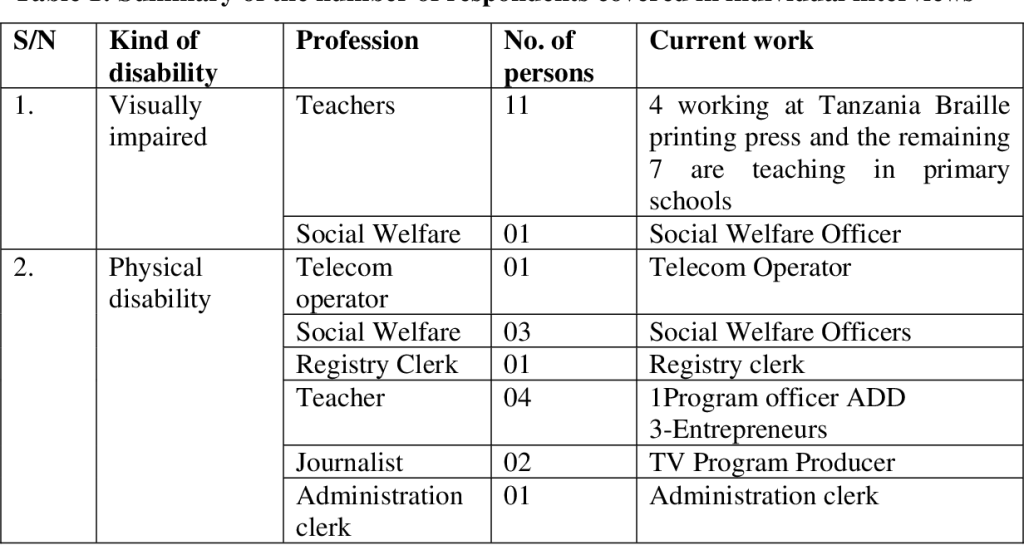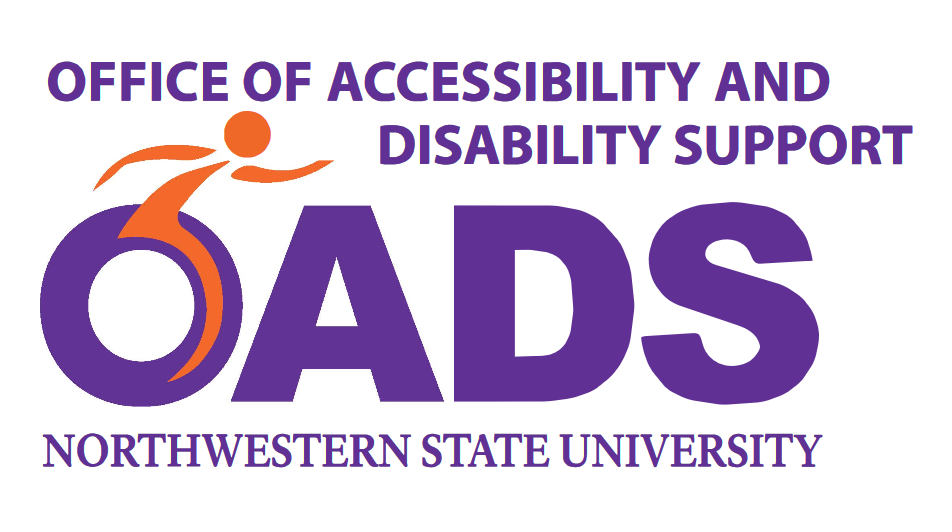There are many resources that can help you if you have a disability or want to get more physically active. The following articles will provide information on the health benefits of exercise for people with disabilities, how to create a personalized exercise program, and accessibility for people with disabilities. We will also examine the barriers that prevent people with disabilities from engaging in physical activity. The key is to choose the activity that suits you and your lifestyle.
Evidence of physical activity for people with disabilities
There have been many recommendations in recent years regarding physical activity for people with disabilities. These guidelines are based a lot of evidence and offer guidance on how much physical activity people should do each week. Unfortunately, guidelines for people with disabilities weren’t developed until recently. Many Cranbourne NDIS were not applicable to them. The GDG now has guidelines that are inclusive of the needs for people with disabilities.

Although there is ample evidence to support the benefits of physical exercise for people with disabilities, more research is needed in order to better understand how to quantify the impact of different types of physical activity on well-being and health. Additionally, disability-specific research is crucial because the risks and benefits associated with physical activity can differ by impairment. To expand the evidence base and refine recommendations, new research is required. Research has shown that increasing physical activity is beneficial for people with disabilities.
Personalized exercise plans
It can be difficult to create an exercise plan that is personalized for disabled people due to their limitations. Many exercise plans don’t allow disabled people to do the same exercises that able-bodied people. A trained fitness professional can recommend exercises for people with specific disabilities and give you a personalized workout. The choice of weight exercises depends on the type of disability a disabled person has. They can be used for cardiovascular and strength-building purposes and can also help you gain muscle.
Physical activity has a positive impact on daily life
Based on a review of evidence regarding the benefits of daily physical activity for disabled adults, the report, Impact of Physical Activity for Disabled on Day-to-Day Life, was created. It utilises a rapid review methodology known as PRISMA-P. The questions were based on previous reviews and calls to research from disabled people. They were created to maximize the potential for public and clinical health impacts, as well as uptake of evidence-informed policy.
The WHO Global Action Plan on Physical Activity outlines goals for 2030. These goals include improving public and private health, increasing physical activity opportunities, and increasing the accessibility to them. These goals include improving public transportation, increasing bicycle and walking access, and encouraging more active recreation. The World Health Organization estimates the average person is not physically active enough. This should be addressed through legislation and policies. However, it is important to remember that physical activity has a wide range of benefits, and it is not just about the health of individuals.
Accessibility for people with disabilities to exercise
Many barriers exist between people with physical disabilities, and the benefits of exercising. Many of these barriers are personal and can be both environmental. In addition, some individuals may not be aware of available exercise and recreational activities. The development of appropriate programs for individuals with disabilities should be more specific to their needs. These individuals can enjoy greater participation and satisfaction with physical activity by addressing their barriers.
The National Centers on Disability is the nation’s central repository to information about physical activity and disability. The CDC promotes accessibility to physical activity for persons with disabilities through this database. These databases provide research on the topic and help identify public and private recreation venues and businesses that offer support for physical activity for persons with disabilities. These tools are used by the CDC to improve the health of people with disabilities, and reduce healthcare costs.
Physical activity has mental benefits for people with disabilities
People with disabilities often benefit from an increase in physical activity. The benefits of physical activity are similar in both moderate and intensive disabilities. Physical activity can reduce depression symptoms. It may even alter the relationship between functional disabilities and mental health. People who exercise regularly experience less depression than those who do not. Both moderate and severe disabilities experience similar effects to physical activity. People with moderate disabilities have fewer symptoms than those with severe disabilities, but they are not necessarily more severe.
Regular physical activity can improve the psychological well-being for people with disabilities. Regular exercise helps people reduce anxiety, increase self-esteem and boost overall mood. Physical activity encourages community participation and improves quality of life. Physical activity is lower among adults with disabilities than it is among their peers. Robertson et al. (2018) explore the causes of low levels in physical activity among people living with disabilities. Physical activity promotes empowerment and self-confidence which are key components of being a productive member to society.

